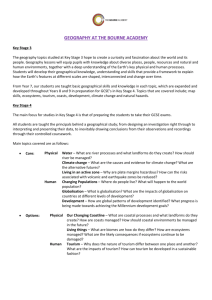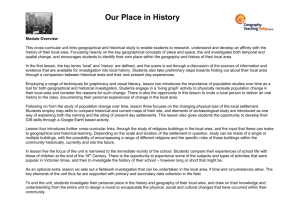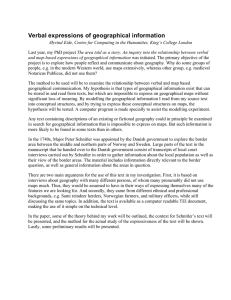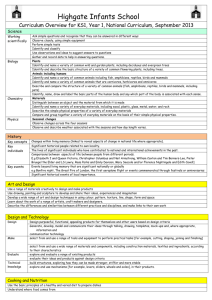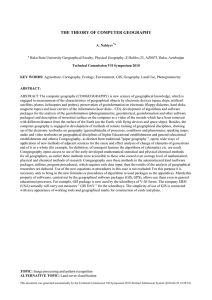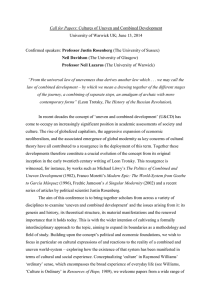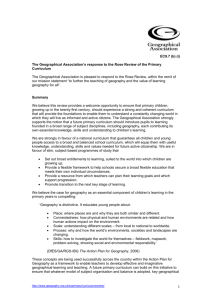Migration: skills and the job market
advertisement
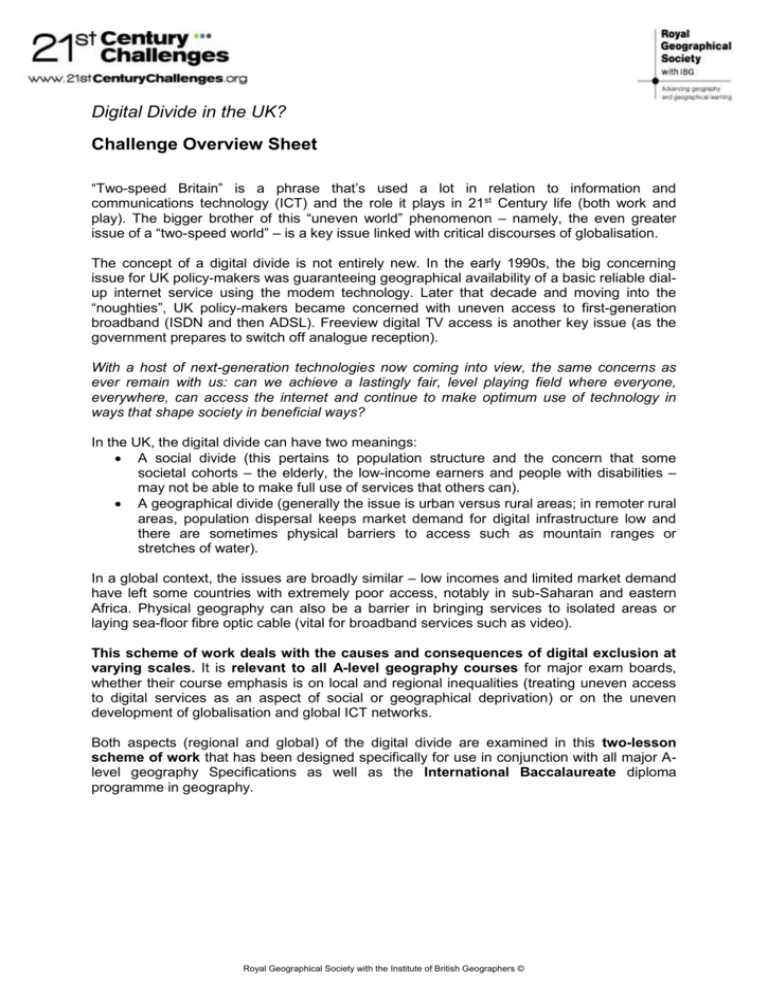
Digital Divide in the UK? Challenge Overview Sheet “Two-speed Britain” is a phrase that’s used a lot in relation to information and communications technology (ICT) and the role it plays in 21st Century life (both work and play). The bigger brother of this “uneven world” phenomenon – namely, the even greater issue of a “two-speed world” – is a key issue linked with critical discourses of globalisation. The concept of a digital divide is not entirely new. In the early 1990s, the big concerning issue for UK policy-makers was guaranteeing geographical availability of a basic reliable dialup internet service using the modem technology. Later that decade and moving into the “noughties”, UK policy-makers became concerned with uneven access to first-generation broadband (ISDN and then ADSL). Freeview digital TV access is another key issue (as the government prepares to switch off analogue reception). With a host of next-generation technologies now coming into view, the same concerns as ever remain with us: can we achieve a lastingly fair, level playing field where everyone, everywhere, can access the internet and continue to make optimum use of technology in ways that shape society in beneficial ways? In the UK, the digital divide can have two meanings: A social divide (this pertains to population structure and the concern that some societal cohorts – the elderly, the low-income earners and people with disabilities – may not be able to make full use of services that others can). A geographical divide (generally the issue is urban versus rural areas; in remoter rural areas, population dispersal keeps market demand for digital infrastructure low and there are sometimes physical barriers to access such as mountain ranges or stretches of water). In a global context, the issues are broadly similar – low incomes and limited market demand have left some countries with extremely poor access, notably in sub-Saharan and eastern Africa. Physical geography can also be a barrier in bringing services to isolated areas or laying sea-floor fibre optic cable (vital for broadband services such as video). This scheme of work deals with the causes and consequences of digital exclusion at varying scales. It is relevant to all A-level geography courses for major exam boards, whether their course emphasis is on local and regional inequalities (treating uneven access to digital services as an aspect of social or geographical deprivation) or on the uneven development of globalisation and global ICT networks. Both aspects (regional and global) of the digital divide are examined in this two-lesson scheme of work that has been designed specifically for use in conjunction with all major Alevel geography Specifications as well as the International Baccalaureate diploma programme in geography. Royal Geographical Society with the Institute of British Geographers ©

